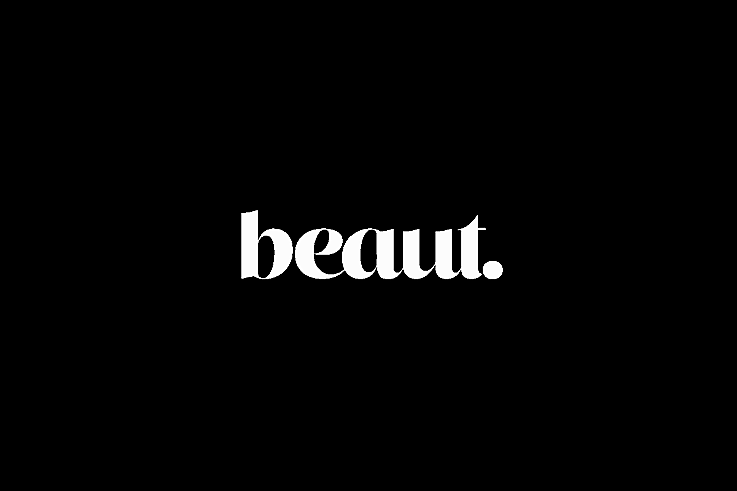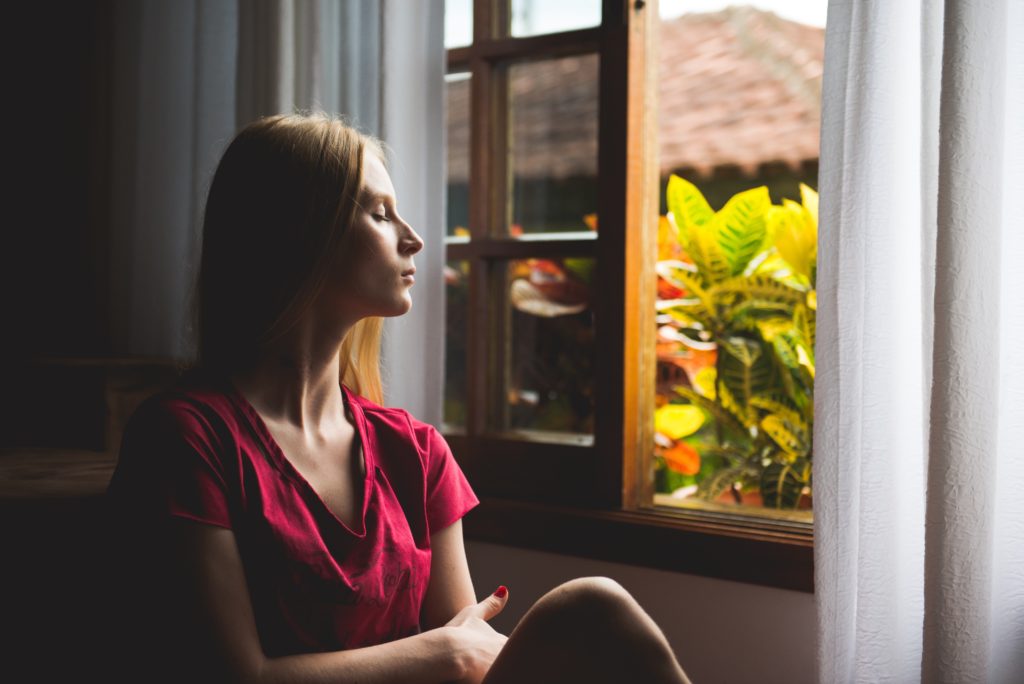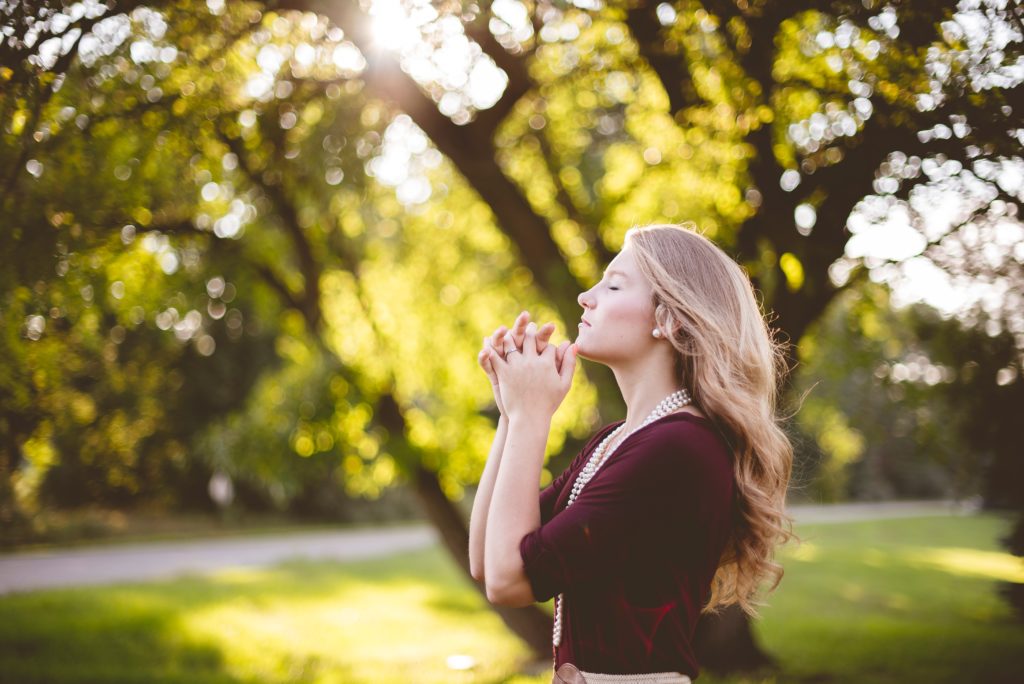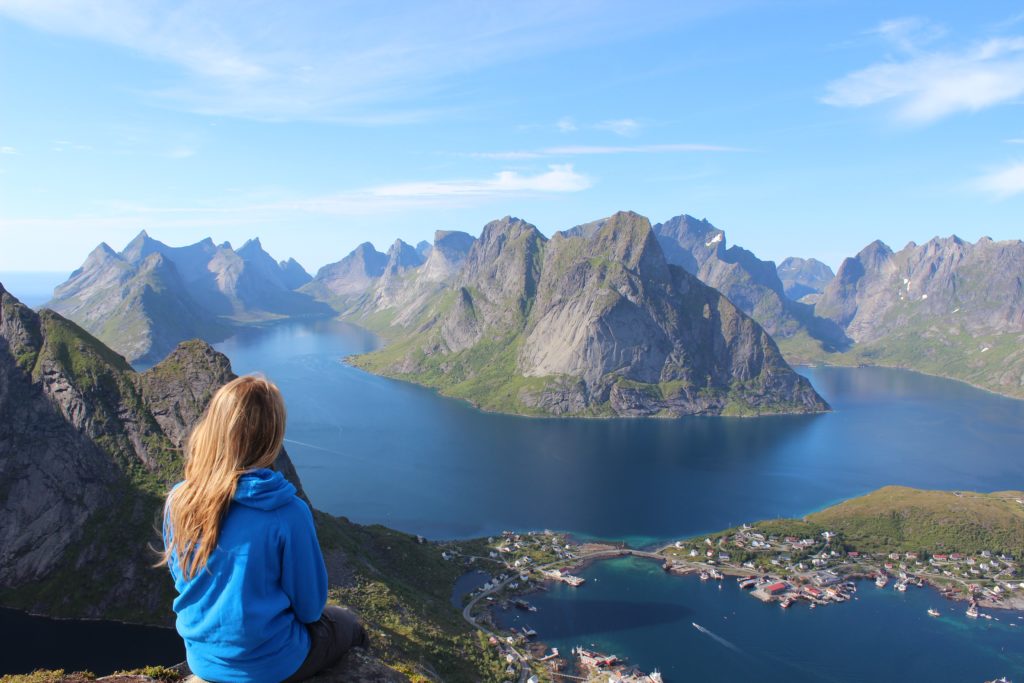
Our wellbeing expert Niamh Deans explains why sticking to those resolutions and goals in the new year is so hard to do.
Does January ever feel like Groundhog Day for you? Is this the time of year that you re-visit the same gym bunny, deprived eating regimes that you turn to every year and last for, oh, three weeks or so before old habits creep back in? Are you looking to affect real change in your life? Have you ever thought that if you want new results, you need to do something different? No matter what change you are trying to affect in your life if you want to get a different result you need a different approach. Doing the same things you have always done will cede the same results.
Cue, Joe Dispenza, neuroscientist, chiropractor, lecturer and author. Joe Dispenza talks about how both the brain and the body need to be involved for change to come about. The body needs to be involved on a chemical and emotional level, just as much as the mind needs to be involved in deciding to make changes. Hard wired behaviour (habits) is stored in the body emotionally, chemically, physically and mentally. He describes how "change is to be greater than your body, greater than your environment, greater than time." But what does this mean?
Read Niamh's article on The Philosophy of Yoga - a Toolkit for Living.

'In our sleep.'
As humans, we function in the world in a habitual way. We follow the same comfortable routines that become habitual behaviour, and we can perform habitual behaviours 'in our sleep'. We are layered and conditioned from our environment from the moment we enter the world. If you think about a new-born child, absolutely dwelling in its present state and communicating its present needs to us – hunger, thirst, wind etc. As the child develops, societal layers and conditioning behaviours are taught to the child to learn to function in the world. As we go on in life, the layers continue. I refer to them as layers as I have come to recognise these as layers since beginning on the path of yoga; a practice of learning to be present.
Yoga has been revealing these layers to me and allowing me to disrobe so to speak; the sticky mind stuff that is like layers over the body. I digress. Joe goes on to describe a normal person's routine from using the same coffee cup to driving the same path to work, to meeting the same people in the office and so on and so forth. The external environment is turning on different circuits in the brain that cause us 'to think consciously or unconsciously equal to everything we know.' So our brain, in turn, continues to work in this patterned way. The principle of neuroscience says that 'nerve cells that fire together wire together. So, if you keep thinking in the same way, performing the same actions, living by the same emotions, over time the redundancy of that begins to hardwire the brain into very specific patterns, and that pattern becomes our identity or our personality'. Essentially, we are functioning without awareness.
Read Niamh's article on Corporate Yoga: Do You Need It In Your Life?

Advertised
The a-ha moment
He goes on to explain that by the time we are 35 years old psychology says that we are for the most part a set of memorised behaviours and emotional reactions that make up who we are as an identity. "So when it comes time to change we need to understand that 5% of our conscious mind is working against 95% of what’s been memorised subconsciously". This was a real a-ha moment for me. Now we know what we are up against when we wish to effect change in our lives. The odds look stacked against us, right?
Joe also talks about learning. What happens to the brain when we try to make new habits? When we learn something new, new neurons are literally fired in the brain – I guess that's where the analogy of a lightbulb coming on originates. These neurons fire and lights literally come on in the brain. But here's the thing. To establish new habits or behaviours we need to 'hardwire' them, we need to repeat them and embody them so that we experience them and attach emotions to them and then we need to do them again.
Since opening myself up to this field of knowledge, I now visualise the pathways in my brain when I am trying to create new ways of doing things. Equally, I am observing my thoughts as I go. You know the ones – the thoughts that creep in ever so quietly to disarm you as you go. Maybe something along the lines of 'why don't you start tomorrow' or 'this isn't going too well' or 'you are tired just go home to the couch and start tomorrow'. These are the thoughts you need to call out! We all have them, and this is a part of the process, the journey.
Yoga is often referred to as a journey or a path or a practice which infers the idea of constantly going back to something. When we observe these patterns, we begin to work with the frontal lobe of the brain. The part which Joe Dispenza refers to as the CEO of the brain, the creative field of possibility. The part of the brain which is open and questioning and open to a new vision. New learning and creating new habits requires repetition of what has been learned and embodiment of that experience. The frontal lobe allows us to question and then to envision so that new ways can come about. If we are in a state where we have failed at making a change on so many occasions, we embody this state of unworthiness through thoughts and feelings in the body. The way to push past this cycle is true awareness.
Read Niamh's article on What Is Yoga HIIT Fusion?

Path to awareness
Yoga to me is awareness. It is a practice of awareness and requires constant revisiting. The practices of Yoga from focus, to breath awareness to meditation and pranayama to asana practice, are all methods for removing layers and patterns we hold in the body and mind-body. When we want to create a new path, a path of transformation we need to delve into the deeper layers within. Meditation is a great starting point, the practice of pure awareness. I wrote about this in my last column you can read about it here. If you are struggling with your new year's resolutions all of the support is out there for you, you just need to access it. For further information on Joe Dispenza check out www.gaia.com. In this article, I refer to his new book Breaking the Habit of Being Yourself.
Advertised
Niamh teaches in The Samadhi Centre Rathgar and specializes in corporate yoga. Check out Niamh on IG @ndyogadays and FB ND Yoga and on www.ndyoga.ie If you are interested in yoga in the workplace contact Niamh at [email protected] or 087-2057190



